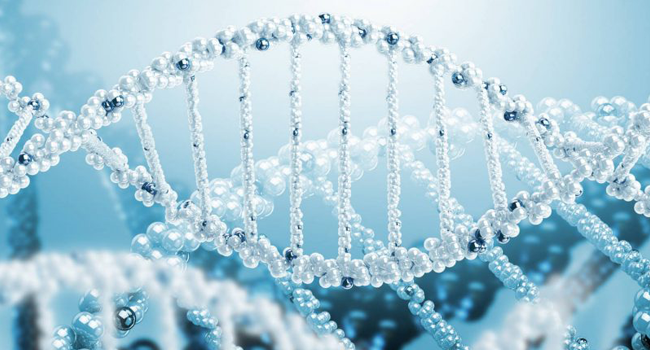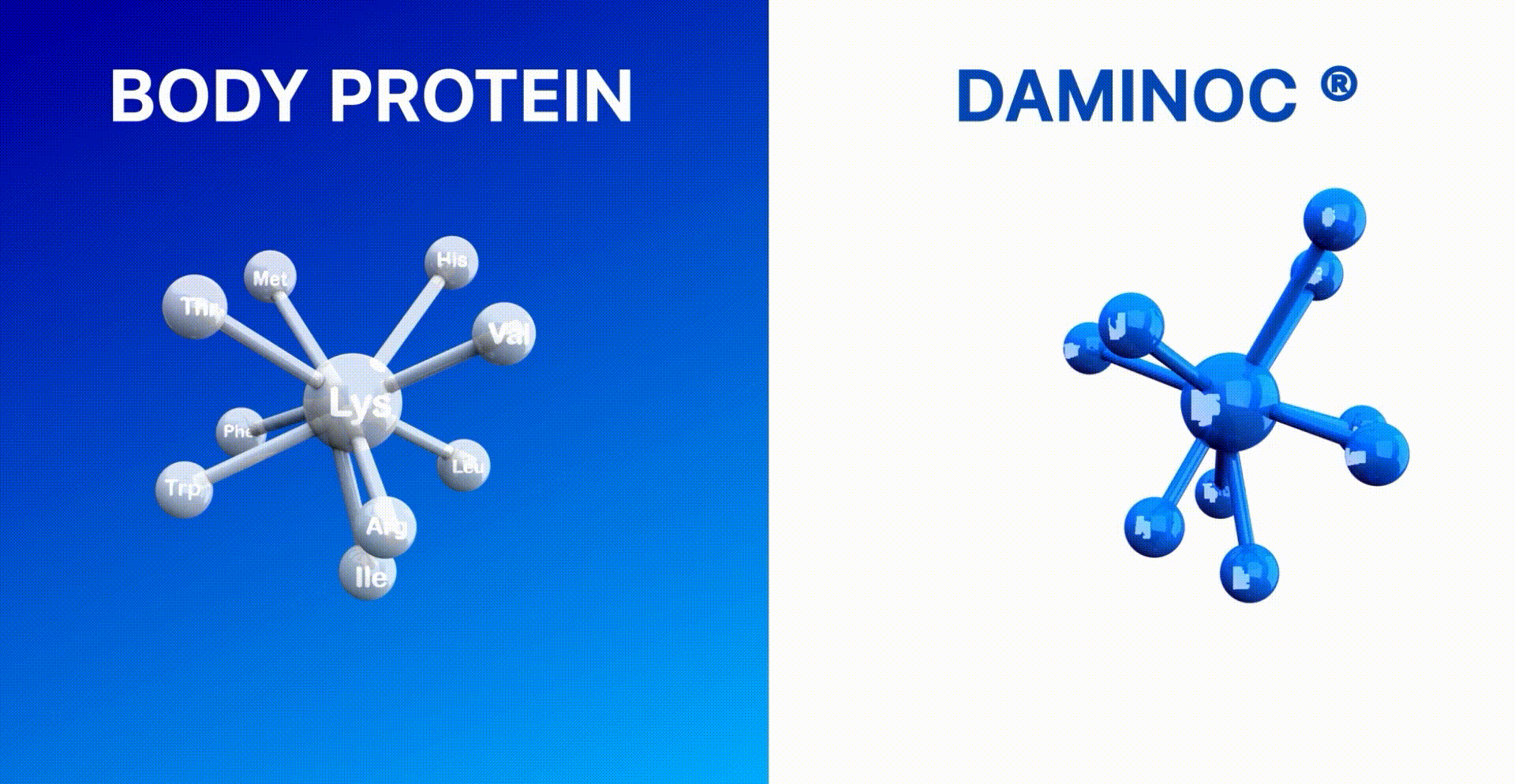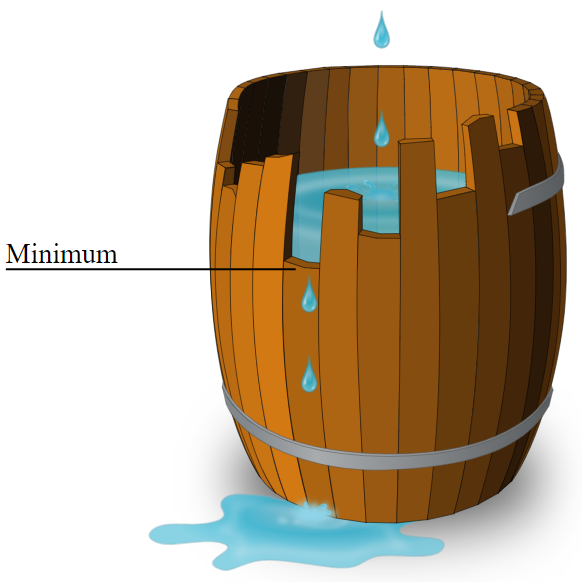WHY DAMINOC ®
THE BASICS
Protein is just after water the most important and dominant component in all organisms.
- Every single cell in the human organism has a protein content of more than 50 %. Proteins consist for the most part of a large number of Amino Carbon Acids, which are essential for life and cannot be replaced by other nutrients.
Amino Carbon Acids are the basic building blocks of all proteins (= proteins) that are released when proteins are broken down. Only Amino Carbon Acids are able to form organs, muscles, skin and hair. Carbohydrates and fats are sources of energy and cannot form tissue. Amino Carbon Acids also serve as hormones and as precursors to enzymes and neurotransmitters that we need for numerous metabolic processes that take place in our body every day.
Amino Carbon Acids are essential for life and cannot be replaced by any other nutrient. They are the building blocks of muscles, tendons and ligaments, skin and hair. And they are building blocks of the immune system and basic substance for enzymes and hormones. As blood proteins, Amino Carbon Acids fulfill various transport functions. They are part of the membranes, protect the nerve tracts and carry genetic information.
Amino Carbon Acids are found in all living beings, are used up in the life process and must therefore be supplied to the human and animal organism. Amino Carbon Acids are essential to life.
The 21 protein-forming Amino Carbon Acids are of greatest importance – the body can use these to produce over 50,000 different proteins. Of these, 10 Amino Carbon Acids are essential for evolutionary reasons, i.e. the body cannot produce them itself, so they have to be ingested through food. The body can produce the non-essential Amino Carbon Acids itself from the essential Amino Carbon Acids, among other things.
Both animal and vegetable protein sources are limited, i.e. humans and animals can only absorb and synthesize a fraction of them.
All dietary proteins are inherently limited as they do not fully correspond to body protein because their Amino Carbon Acid profile is incomplete with respect to one or more essential Amino Carbon Acids. If only one of the essential Amino Carbon Acids is not present at all or in insufficient quantities, this is referred to as the limiting Amino Carbon Acid, which limits the entire protein synthesis and brings it to a standstill. Comparable to a chain that is only as strong as its weakest link.
100 % IDENTICAL = MAKES 100 % SENSE
DAMINOC® WORKS
- The body’s proprietary Amino Carbon Acid profile was determined on the basis of autopsic examinations of species-specific tissues using Amino Carbon Acid analysis. According to these studies, organs such as the heart and liver carry the highest concentration of Amino Carbon Acids, even prior to muscles, which is an indicator for the importance of a sufficient supply of Amino Carbon Acids.
The composition of Amino Carbon Acids in the species-specific tissue thus served as the basis for deciphering the amounts and ratios of essential Amino Carbon Acids in DAMINOC®.
- DAMINOC® ensures that all essential (10) Amino Carbon Acids are available to the body in synchronicity and exact accordance with the species-specific Amino Carbon Acid profile.
- 10 g DAMINOC® replace 40 g of each protein source from a biological value aspect, and better digestibility and absorption were not even taken into account. Thanks to the optimized composition, the protein content in any manufactured food product can be reduced.
- DAMINOC® covers the daily protein requirement (WHO reference protein), which is actually the requirement for essential Amino Carbon Acids, using the example of humans with only 13 g and only 30 kcal, but at the same time provides as many building blocks for protein synthesis as about 350 g meat, fish or poultry
The first protein source that bites and not only barks

The PDCAAS (Protein Digestibility Amino Acid Score) measures the value of a protein.
The PDCAAS value of a respective protein is determined by the combination of
a) Protein Digestibility
b) Biological value i.e. the Amino Carbon Acid profile (Amino Acid Score)
In this context, digestibility does not mean whether a food is tolerated or not. Rather, it represents the portion that is actually absorbed and not excreted. The higher the value, the better.
The biological value indicates how efficiently the body can convert the ingested protein into its own protein. A comparatively high value is also an advantage here.
When determining the value of the “Amino Acid Score” of a protein, the essential Amino Carbon Acids contained are evaluated.
The PDCAAS (abbreviated Amino Carbon Acid index) thus serves as an objective assessment criteria for the protein quality of plant-based or animal protein from food.
A high protein content is pointless without consideration of the Amino Carbon Acid profile and digestibility.
DAMINOC® is better than any dietary protein because it exactly matches the species-specific Amino Carbon Acid profile for optimal protein supply and protein synthesis without any organic stress (liver, kidneys, pancreas).
The first protein that fits 100 %

Amino Carbon Acids owe their fame to the research and further development of enteral and parenteral nutrition, in which nutrients, especially the essential Amino Carbon Acids, are administered directly via the small intestine or vein. This counteracts the exhaustion of protein stores, muscle loss and deficiency symptoms.
In contrast to energy sources such as carbohydrates and fats, Amino Carbon Acids contain nitrogen (N) and are able to form tissues such as organs, muscles, skin and hair.
Studies of the past 100 years in human and veterinary medicine and tissue-specific analyzes lead to the following results:
Each species has its own specific Amino Carbon Acid pattern, a composition that is only valid for this species. It is from this specific Amino Carbon Acid pattern that those proteins are built, which enable the physical substance and life of this specific species.
The more similar dietary proteins are to the body proteins in terms of their Amino Carbon Acid composition, the better the body can utilize them to build its own structures.
In theory, pre-digested human meat would therefore contain the highest protein value for humans, dog meat for dogs, cat meat for cats, etc.
For the first time 10 Essential Amino Carbon Acids
Synthesis steps of the essential Amino Carbon Acids are complex and the required enzymes have been gradually lost in the course of evolution, so that the division into essential, semi-essential and non-essential Amino Carbon Acids has shifted.
For a long-term maintenance of nitrogen balance and protein synthesis, the supply of all essential (10) Amino Carbon Acids in precisely defined quantities is mandatory as the body can neither produce nor store them, and they consequently have to be continuously supplied from an external source i.e. by food intake.
If only one essential Amino Carbon Acids is present in insufficient quantity, protein synthesis is limited, i.e. if only 60 % of one Amino Carbon Acid is present in relation to the others, the utilization of all Amino Carbon Acids is limited to 60 %.

- α-L-Isoleucine
- α-L-Leucine
- α-L-Lysine
- α-L-Methionine
- α-L-Phenylalanine
- α-L-Threonine
- α-L-Tryptophane
- α-L-Valine
- α-L-Arginine
- α-L-Histidine
FACT CHECK
TARGET GROUPS

Actors in nutrition, environmental and health policy who have now recognized that conventional agricultural industry and factory farming cause many problems and who are convinced that promoting a plant-based lifestyle can solve a large part of the problems and ultimately makes economic sense .
Companies that are looking for ways to optimize their existing product range in terms of protein nutritional value and functional added value, to refine it or to substitute conventional protein sources in a species-appropriate and sustainable manner.
- Consumers looking for natural, alternative protein sources that actually have a place – not industrially processed raw material sources or artificially engineered substitute protein sources, but the original and species-specific body protein that we are made of.
For the purpose of upgrading as an admixture or addition to ready-made products, convenience, junk and indulgence foods and also food and drinks in general.
- To avoid deficiency symptoms in growth phase (children) and also in older people to cover the protein requirement in age-related muscle atrophy and reduced organ performance (sarcopenia).
- To cover the (increased) protein requirements of vegans, vegetarians, people with reduced digestive capacity, intolerances, food intolerances and in exceptional circumstances (sport, illness).
- For athletes and active people who have realized that protein shakes, Hi Pro & Co. can do more harm than good.









